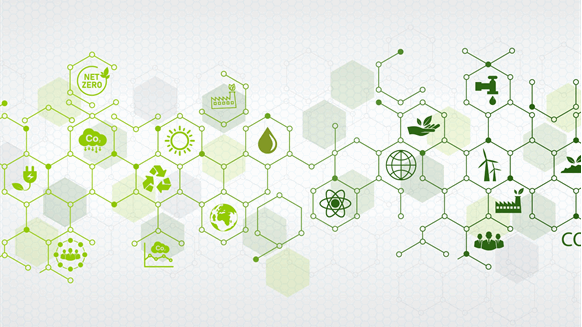Small-scale solar projects and forestry are being considered as sectors to generate new emissions reduction credits under a revival of China’s stagnant offsets market, according to people familiar with the details.
The issuance of China’s new Certified Emission Reduction Credits, or CCERs, which aim to reward activities that help avoid or eliminate the emission of greenhouse gases, was halted in 2017 to avoid the creation of supply surpluses.
Utility-scale renewable energy projects are expected to be excluded from generating new credits, with officials focused on using the system to help bolster the viability of smaller projects or new sectors, the people said. who asked not to be named as the details are private.
China’s Ministry of Ecology and Environment did not immediately respond to a request for comment. The ministry released some details last week on plans for the resumption of CCER trading, without specifying when the market will restart.
Trading in offsets and also in a national market for emissions permits has so far been underwhelming in China, with little pressure on major polluters to step up efforts to limit their climate impact. The use of CCERs is intended to spur investment in activities that can help China meet President Xi Jinping’s goal of peaking emissions by 2030 and reaching net zero by 2060.
The price of CCERs could rise to 63 yuan ($8.72) a tonne in 2025 and 88 yuan in 2030, assuming they trade at a 20 percent discount to emissions permits, Citic Securities Co. said. Beijing’s plan to expand the industries covered by the carbon market could increase the supply of credits to 470 million tonnes a year by the end of the decade, he said.
The CCER emission system will reopen to a small number of project types this year, including rooftop solar systems of less than 6 megawatts, the people said. Officials are looking at emissions reductions from offshore wind, biogas, methane and work to improve the energy efficiency of buildings for issuing credits in the coming years, the people said.


